What Sound Does Tortured Metal Make?
Now, with all the gear in place in the chassis and a new Antec 24-pin power supply in place, it was time to really try to join the ranks of all the fingerless shop teachers of America. I brought in all of the mighty and destructive power tools I could think of, including…
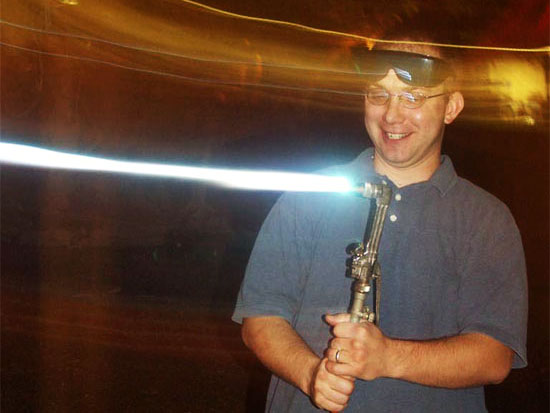
“Please help me, Obi-Wan”
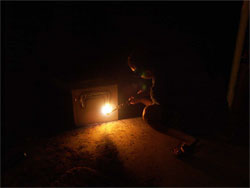 |
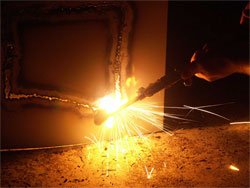 |
 |
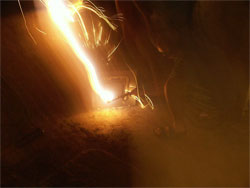 |
“OH, GOD, HONEY! PUT DOWN THE CUTTING TORCH!!”
Well, it was a good idea, anyway. Now, I’d used a pneumatic nibbler to cut tin for a stock barn. I was afraid of using it to cut the sheet steel my computer case was made of. I figured I’d have to find some clever way to splice my case door back together after ripping it neatly in two. Don’t try to use a Dremel to cut this stuff; you’ll wear out a package of cutting wheels. Similarly, don’t use an angle grinder, either. You’ll either burnish the metal, or do what I did, which was set fire to the paint.
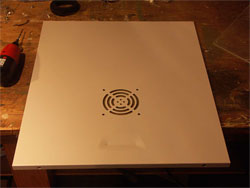 |
Door – Before
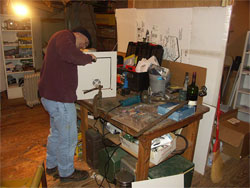
Cutting the Door
Finally, I settled on a hand nibbler. Slow, tedious, inaccurate if not watched carefully, it will wear a cotton-pickin’ blister on your hand if you don’t wear gloves. Also, be sure you sweep up all the cuttings. Otherwise, they’ll end up in someone’s bare foot.
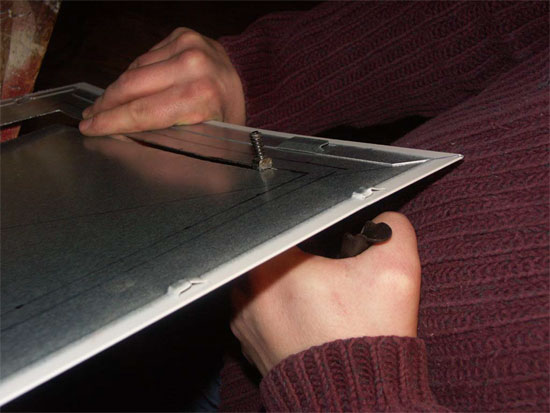
Nibbler
In order to properly line up the window, all I did was flip the case door on its back, unpainted side out. Then, I took a Sharpie and drew two diagonals from the corners. After that, I took a ruler and measured how far I needed the Lucite from the bottom of the door so as to miss the rails on the case itself. It was as simple as tracing the Lucite square to get it in the right place and evenly placed.
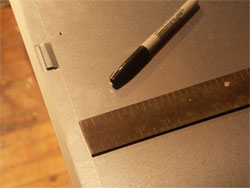
Marking the Door Frame |
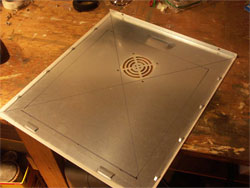
Diagonals |

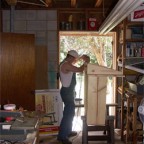
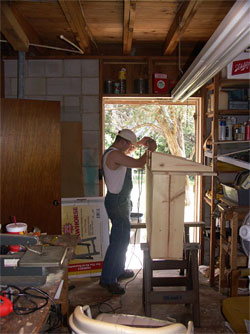

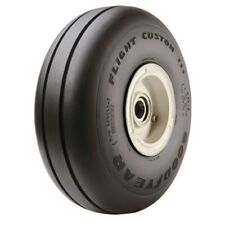

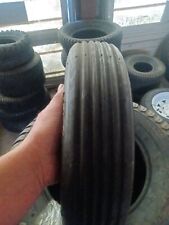
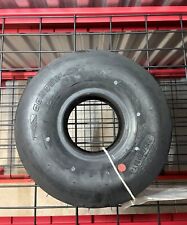
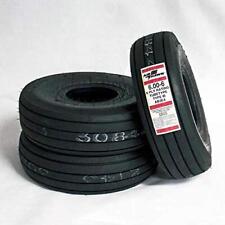

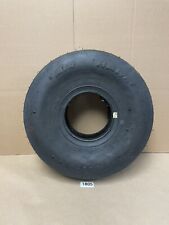


![Nitrogen Regulator Custom Kit Aviation [25-ft] In-Hangar *DIY* 4 tire inflation picture](/store/img/g/l7QAAOSw9NdXp4bP/s-l225/Nitrogen-Regulator-Custom-Kit-Aviation-25-ft-In-Ha.jpg)